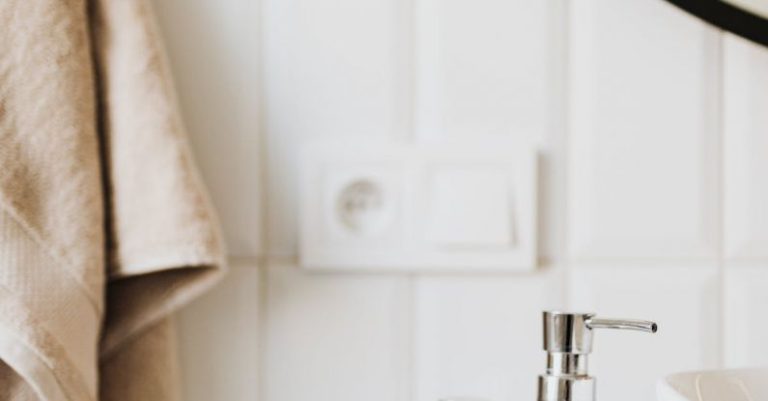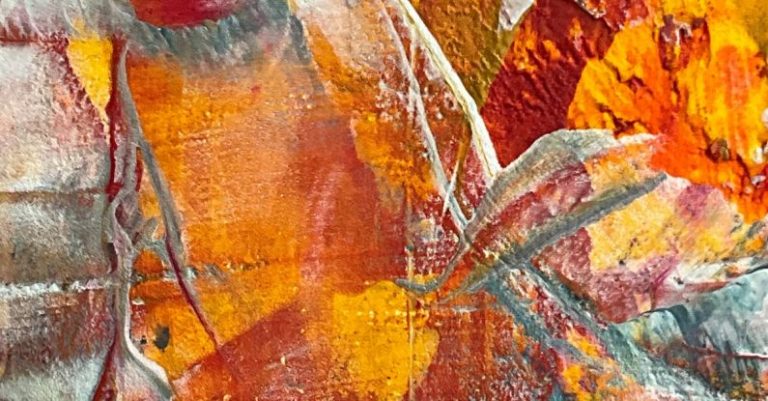Enhancing Architectural Heritage with Composite Restoration Techniques
Preserving architectural heritage is crucial in maintaining a connection to our past and showcasing the rich history of our civilizations. However, many historical structures face the challenges of deterioration over time, necessitating restoration efforts to ensure their longevity. In recent years, composite restoration techniques have emerged as innovative solutions to enhance architectural heritage and prolong the lifespan of historical buildings.
Understanding Composite Restoration Techniques
Composite restoration techniques involve the use of modern materials to repair and strengthen historical structures while maintaining their original aesthetics. By blending traditional craftsmanship with advanced materials such as carbon fiber, polymers, and resins, restoration experts can address structural issues, improve stability, and enhance the overall durability of historic buildings. These techniques offer a sustainable approach to preserving architectural heritage, ensuring that these structures can continue to stand the test of time.
Reinforcing Structural Integrity
One of the primary benefits of composite restoration techniques is their ability to reinforce the structural integrity of historical buildings. Over the years, many heritage structures have experienced deterioration due to factors such as weathering, seismic activity, and wear and tear. By applying composite materials to key structural elements, restoration specialists can strengthen weak areas, prevent further damage, and ensure the stability of the building. This approach not only extends the lifespan of the structure but also enhances its resilience to external forces.
Seamless Integration
A key advantage of composite restoration techniques is their ability to seamlessly integrate with the existing architectural elements of a historical building. Unlike traditional restoration methods that may alter the original design or aesthetics of a structure, composites can be customized to match the color, texture, and finish of the building’s façade. This ensures that the restoration work is virtually indistinguishable from the original construction, preserving the historical integrity and charm of the building while addressing structural concerns.
Versatility in Application
Composite materials offer a high degree of versatility in restoration applications, making them suitable for a wide range of historical structures. Whether restoring ancient monuments, historic bridges, or heritage buildings, composite techniques can be tailored to meet the specific needs of each project. From reinforcing deteriorating masonry walls to repairing damaged arches and vaults, these materials provide a flexible and adaptable solution for preserving architectural heritage in various contexts.
Environmental Sustainability
In addition to their structural benefits, composite restoration techniques also offer environmental advantages that contribute to sustainable heritage preservation. By using lightweight, durable materials that require minimal maintenance, restoration projects can reduce the environmental impact associated with traditional construction methods. Furthermore, composite materials have a longer lifespan than many conventional building materials, reducing the need for frequent repairs and replacements, which can help minimize waste and energy consumption over time.
Preserving the Past for the Future
As we continue to navigate the challenges of preserving our architectural heritage in the face of modern pressures, composite restoration techniques offer a promising solution for ensuring the longevity and beauty of historical structures. By combining innovative materials with time-honored craftsmanship, restoration specialists can breathe new life into aging buildings, safeguarding their legacy for future generations to appreciate and enjoy. Embracing these advanced techniques allows us to honor the past while building a sustainable future for our architectural heritage.






